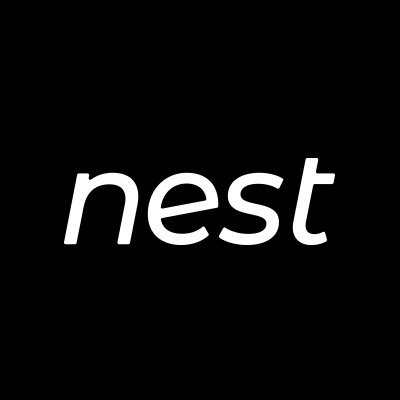Produced | NEST Fans (nestfans.com)
For a distributed protocol, all upgrades and adjustments should start from the system level, rather than considering an organization, group or individual individually. Any appeal from a centralized individual should reach a consensus through non-cooperative games among all participants, rather than making concessions for one party at the protocol layer.
NEST Protocol is a native protocol developed based on the Ethereum network. There is a natural factor that is not controlled by the NEST system, which is the Ethereum GAS fee. As the price of ETH continues to rise, the operating costs and usage costs of protocols and applications running on Ethereum will also rise.
The core of NEST Protocol is miners' two-way quotation/validator's order verification, and then generates effective price data that has been verified by the whole market on the chain. Here, there are two parameters to measure the quality of NEST oracle price data, one is price accuracy, and the other is quotation density.
1. Quotation scale guarantees price accuracy
for example:
for example:
Assume that the deviation of the price data output by the oracle machine is0.5%Left and right are reasonable.
If the current market fair price is 1 ETH = 1000 USDT, the verifier's basic verification cost is the GAS fee for the two transactions (verifier taker verification transaction + asset retrieval transaction), and the hedging transaction fee after the taker, if The total is 0.1 ETH = 100 USDT.
Assuming that the quote miner quotes at the cost boundary that triggers the verifier to verify the order, there are the following 4 sets of data:
If the quotation size is 1 ETH, then the quotation miner’s quotation size is 1 ETH + 900 USDT. At this time, the quotation deviation is 10%, which is far beyond the reasonable deviation range, and there is no profit space to motivate the verifier to take the verification order, which will make The quotation deviation is enlarged, and the prices with obvious problems are included in the NEST system.
If the quotation size is 10 ETH, then the quotation size of the quotation miner is 10 ETH + 9900 USDT. At this time, the quotation deviation is 1%, which also exceeds the reasonable deviation value range, and there is no arbitrage space to motivate the verifier to take the verification order.
If the quotation size is 30 ETH, then the quotation size of the quotation miner is 30 ETH + 29900 USDT. At this time, the quotation deviation is 0.33%. At this time, it is within the reasonable deviation value. Although the price data has a slight deviation, it is within the reasonable range. If the quotation deviation is raised to 0.5% of the reasonable range boundary, the quotation size of the quotation miner is 30 ETH + 29850 USDT, and there is still a profit margin of 50 USDT at this time, which is enough to motivate the verifier to verify.
If the quotation size is 100 ETH, then the quotation size of the quotation miner is 100 ETH + 99900 USDT, and the deviation is only 0.1%, which is within the reasonable deviation at this time, and the price is more accurate.
Therefore, when the verification cost of the verifier is mainly the gas fee, the higher the gas fee, the larger the quotation size should be, which can effectively motivate the verifier to take orders and arbitrage, so that the price deviation can be smaller and the price more accurate.
Therefore, according to the current development of Ethereum, temporarily setting a higher quotation scale is a necessary condition for maintaining the security of the NEST oracle system. With the prosperity of the Ethereum ecosystem, the game threshold and cost of all parties in the NEST system ecosystem will gradually increase, which is also a problem that protocols running on Ethereum are facing. The increase in the scale of NEST quotations is forcing the NEST miners to develop in the direction of mining pools.
2. The quotation rate is stable and the quotation density
The rate setting of the quoted mining fee on the NEST Protocol is also to eliminate the impact of the sharp rise and fall of the Ethereum network GAS fee.
1. If the quoted mining cost is only GAS
Suppose the GAS fee is G, the number of QP Tokens dug out is N, and the mining cost is P, then:
P = G/N
If the GAS fee increases by 3 times, either P will increase by 3 times, or the block interval of the quotation will be retracted by 3 times. The same is true for gas fee plummets.
This will make the NEST system completely subject to the influence of uncontrollable factors such as gas fees, and there is a risk of collapse at any time.
2. If the quoted mining cost is composed of: basic fixed cost and GAS fee
Suppose the GAS fee is G, the fixed cost is E, the number of excavated QP Tokens is N, and the mining cost is P, then:
P =(G+E)/ N
If the GAS skyrockets by 3 times, the price will not skyrocket by 3 times, and the quotation block interval does not need to be retracted by 3 times.Summarize:
Summarize:Since the rise and fall of the Ethereum gas fee is uncontrollable, and the price fluctuation of ETH is uncontrollable, it is very necessary to dynamically adjust the two parameters of quotation size and mining fee rate through algorithms. According to the announcement released by the NestCore developer team on GitHub, it is planned to4.0 This issue will be resolved starting from this version.



